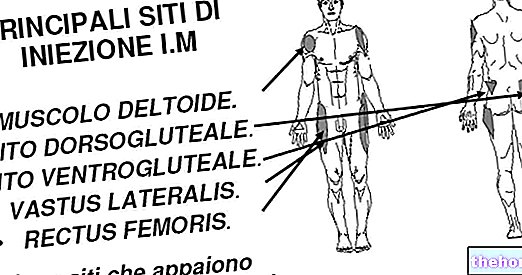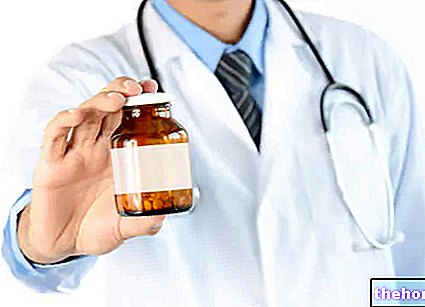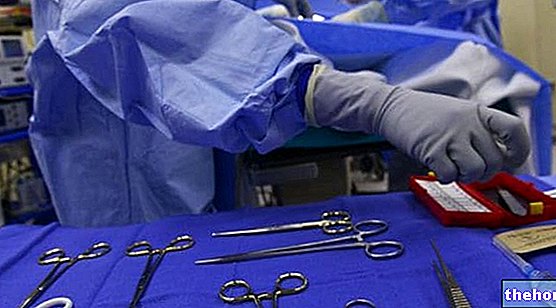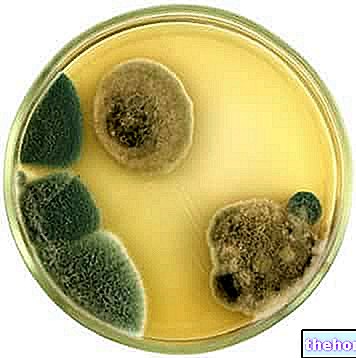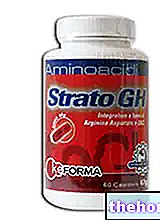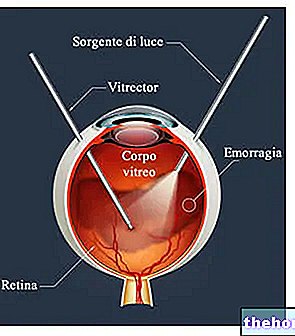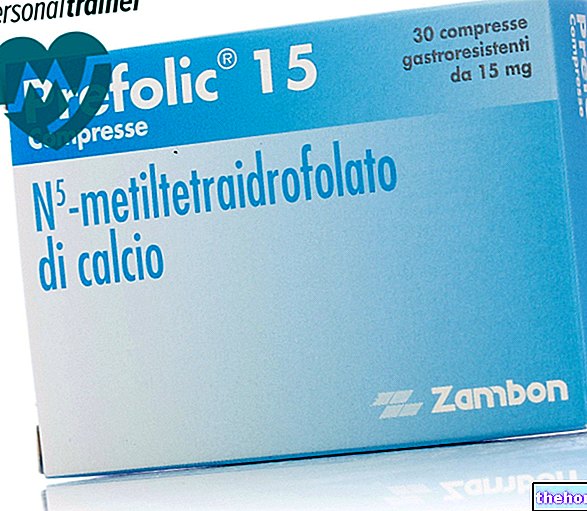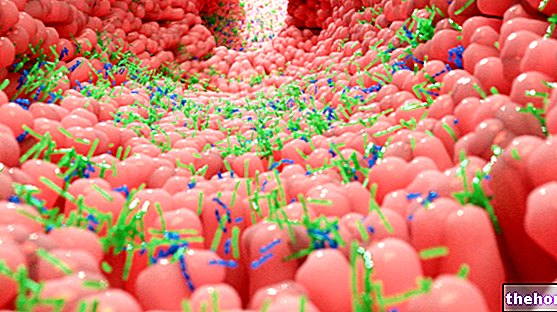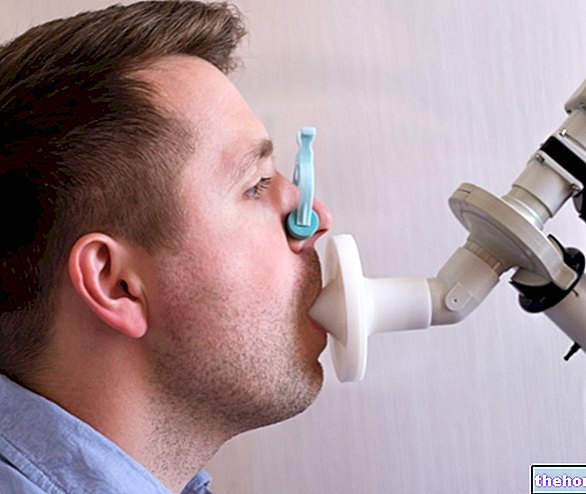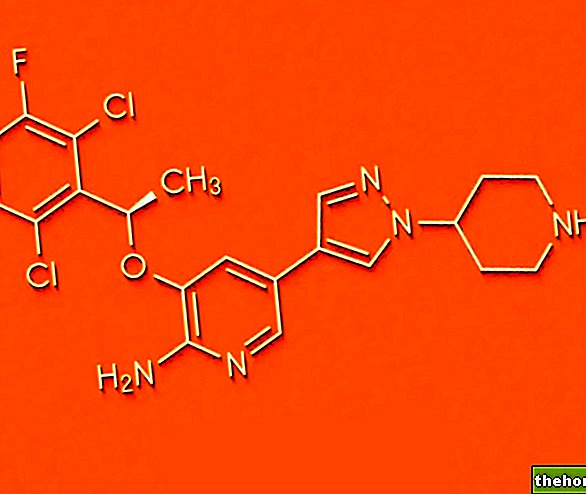Definition
Pelvic inflammatory disease seems to be the most common form of serious infection in women: it is an inflammatory process, with an acute or chronic course, affecting the female reproductive organs (in particular, the fallopian tubes, uterus, ovaries and pelvic peritoneum) .
Causes
Pelvic inflammatory disease has an infectious origin and is mostly caused by pathogens such as Chlamydia trachomatis, Neisseria gonorrhoeae, Mycoplasma hominis. The disease can result from infections from adjacent organs (eg appendicitis) or from the blood (tuberculosis).
Symptoms
Pain in the lower abdomen and pelvis is the most common symptom of pelvic inflammatory disease. In addition to these, we remember: asthenia, diarrhea, difficulty in urinating, dyspareunia, emesis, fever, lumbar pain, abnormal and foul-smelling vaginal secretions.
Complications: loss of fertility, ectopic pregnancies, acute pelvic pain, abscesses inside the tubes
Information on Pelvic Inflammatory Disease - Medicines for the Treatment of Pelvic Inflammatory Disease is not intended to replace the direct relationship between health professional and patient. Always consult your doctor and / or specialist before taking Pelvic Inflammatory Disease - Pelvic Inflammatory Disease Treatment Drugs.
Medicines
In most patients with pelvic inflammatory disease, antibiotic treatment is sufficient for symptom relief and recovery from the disorder. In case of severity, the patient is hospitalized and treated with intravenous antibiotics, or undergoes a specific surgery.
Before starting an antibiotic treatment, a diagnosis is essential in order to accurately identify which pathogens are possibly involved in the manifestation of pelvic inflammatory disease.
The following are the classes of drugs most used in the therapy against pelvic inflammatory disease, and some examples of pharmacological specialties; it is up to the doctor to choose the most suitable active ingredient and dosage for the patient, based on the severity of the disease, the state of health of the patient and his response to treatment:
Macrolides
- Azithromycin (eg Azithromycin, Zitrobiotic, Rezan, Azitrocin): indicated in case of pelvic inflammatory disease. It is recommended to take 500 mg i.v. once a day; after two days of therapy, take 250 mg of active orally once a day for 7 days.
Tetracyclines
- Doxycycline (eg. Doxycicl, Periostat, Miraclin, Bassado): drug of choice for the treatment of pelvic inflammatory disease. It is recommended to administer 100 mg of active orally or intravenously every 12 hours, in combination with Cefoxitin, Ceftriaxone (even without the association with metronidazole). Typically, the duration of therapy is 2 weeks.
- Tetracycline (eg. Tetrac C, Pensulvit, Ambramycin) for the treatment of pelvic inflammatory disease, tetracyclines are not always recommended because they are almost exclusively effective in combination with other more active drugs. An effective substitute for tetracyclines is doxycycline.
Quinolones
- Levofloxacin (eg Levofloxacin, Tavanic, Aranda, Fovex): it is recommended that 500 mg of the drug be administered parenterally or orally every 24 hours. Levofloxacin should be taken in combination with metronidazole in the case of known or suspected anaerobic microorganism infection in the context of pelvic inflammatory disease.
Cephalosporins
- Ceftriaxone (eg. Ceftriaxone, Pantoxon, Ragex, Deixim): outpatient treatment for the treatment of mild pelvic inflammatory disease involves the administration of 250 mg intramuscularly associated with doxycycline and / or metronidazole, as established by the doctor. In case of severity, treatment with doxycycline for 14 days is preferred (particularly useful for chlamydial infections associated with pelvic inflammatory disease).
- Cefoxitin (eg Mefoxin): for hospitalized patients suffering from moderate pelvic inflammatory disease, the intramuscular administration of 2 grams of drug associated with 1 gram of probenecid (eg Probenec) is recommended, followed by oral treatment. with doxycycline or metronidazole, at the dosage indicated by the doctor. Alternatively, administer 2 g of active intravenously every 6 hours. Do not exceed 2 g i.v. every 4 hours or 3 g i.v. every 6 hours. Generally, the duration of therapy should be continued for up to 24 hours after the symptoms have subsided.
- Cefotaxime (eg. Cefotaxime, Aximad, Lirgosin): administer 1-2 g of drug intramuscularly / intravenously every 6-8 hours. Do not exceed 2 g i.v. every 4 hours. The approximate duration of treatment for pelvic inflammatory disease is 14 days: however, therapy should be continued until complete recovery, as directed by the doctor.
Lincosamides: (Antibiotics)
- Lincomycin (eg. Lincocin) in general, it is recommended to administer this drug at a dosage of 600 mg intramuscularly every 24 hours, in case of bacterial infections in general and pelvic inflammatory disease in particular. If the disease presents itself in a severe form, the dosage can be increased up to 600 mg twice a day (every 12 hours).
Beta Lactamase Inhibitors
- Ampicillin / sulbactam (eg Unasynim) administer 1.5 to 3 mg of the drug intravenously or intramuscularly every 6-8 hours. Parenteral therapy should be continued for up to 48 hours after complete remission of symptoms. Oral therapy can be useful as a supplement (for the next 14 days).
In order to alleviate the symptoms of the disease, it is possible to take some anti-inflammatory drugs. The choice of drug and dosage for pain relief in the context of pelvic inflammatory disease should be indicated by the physician.



